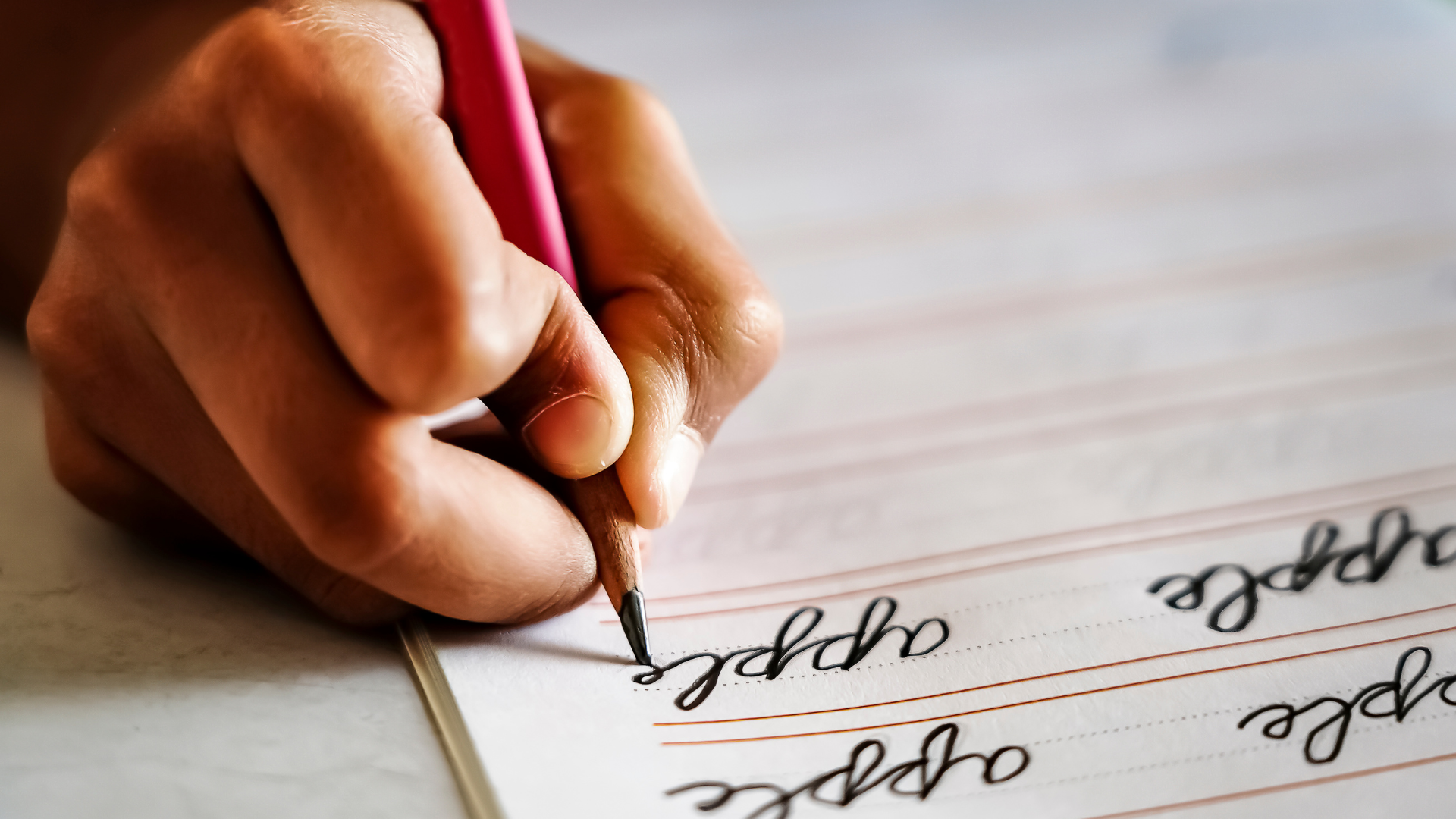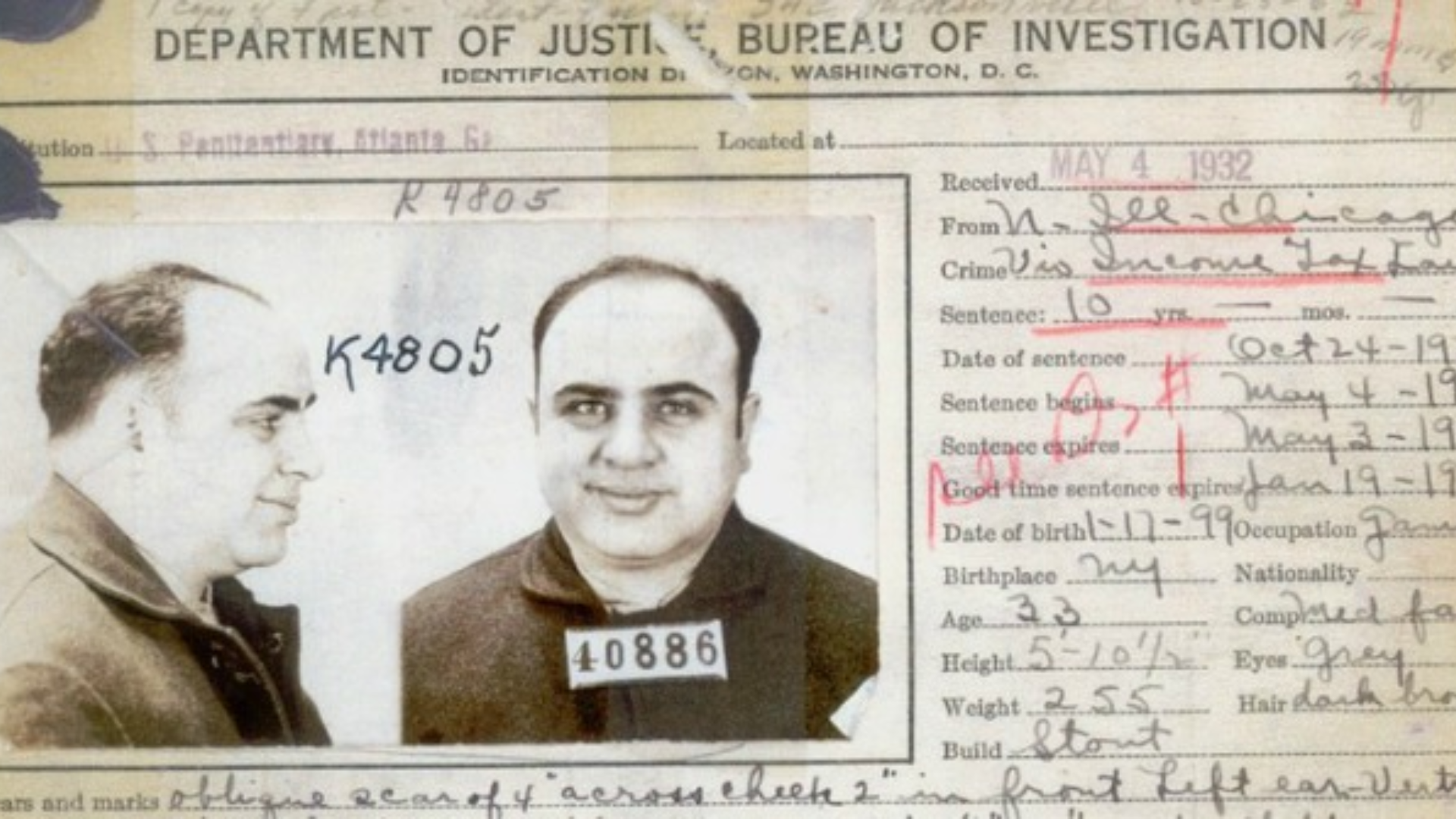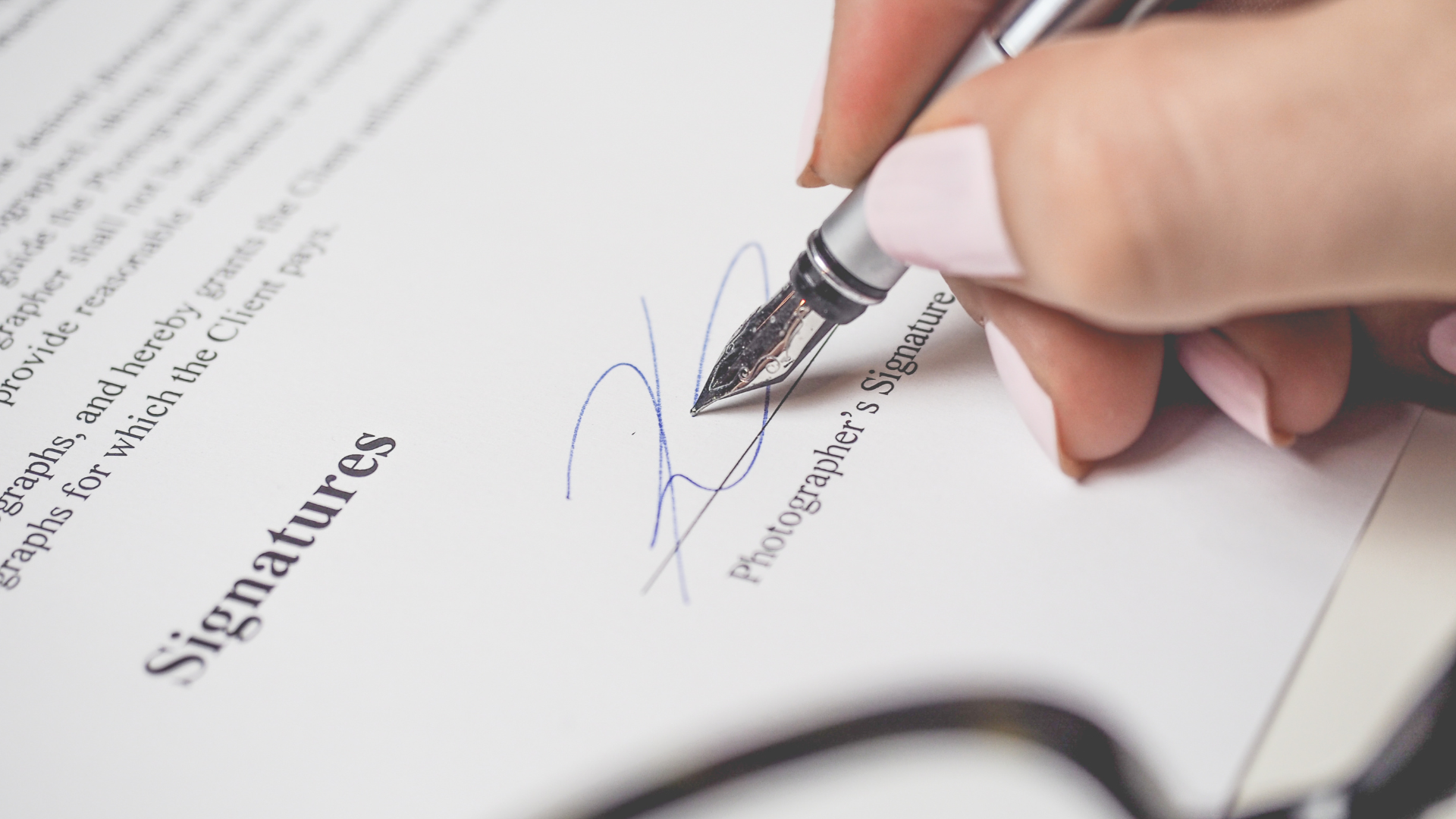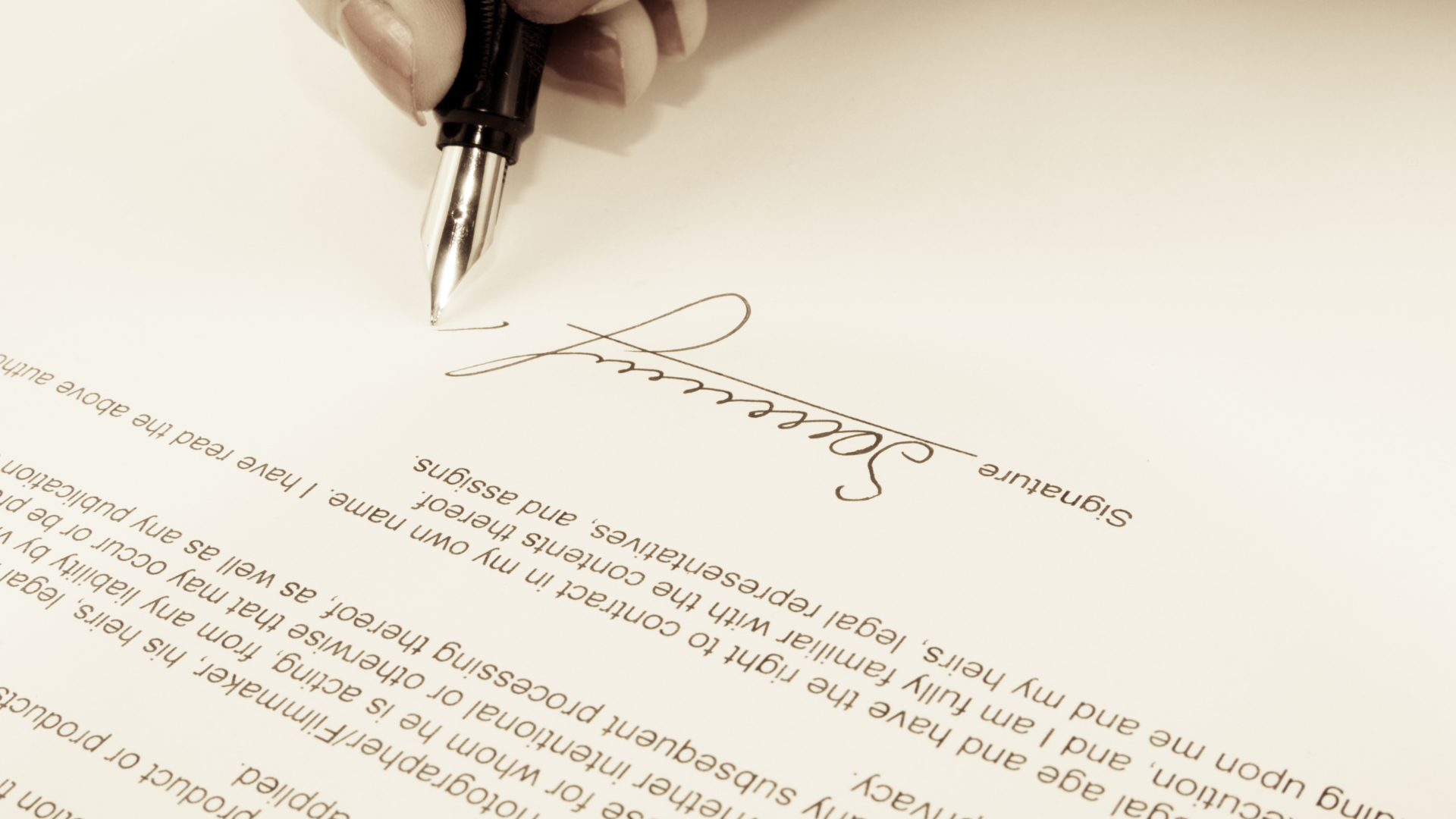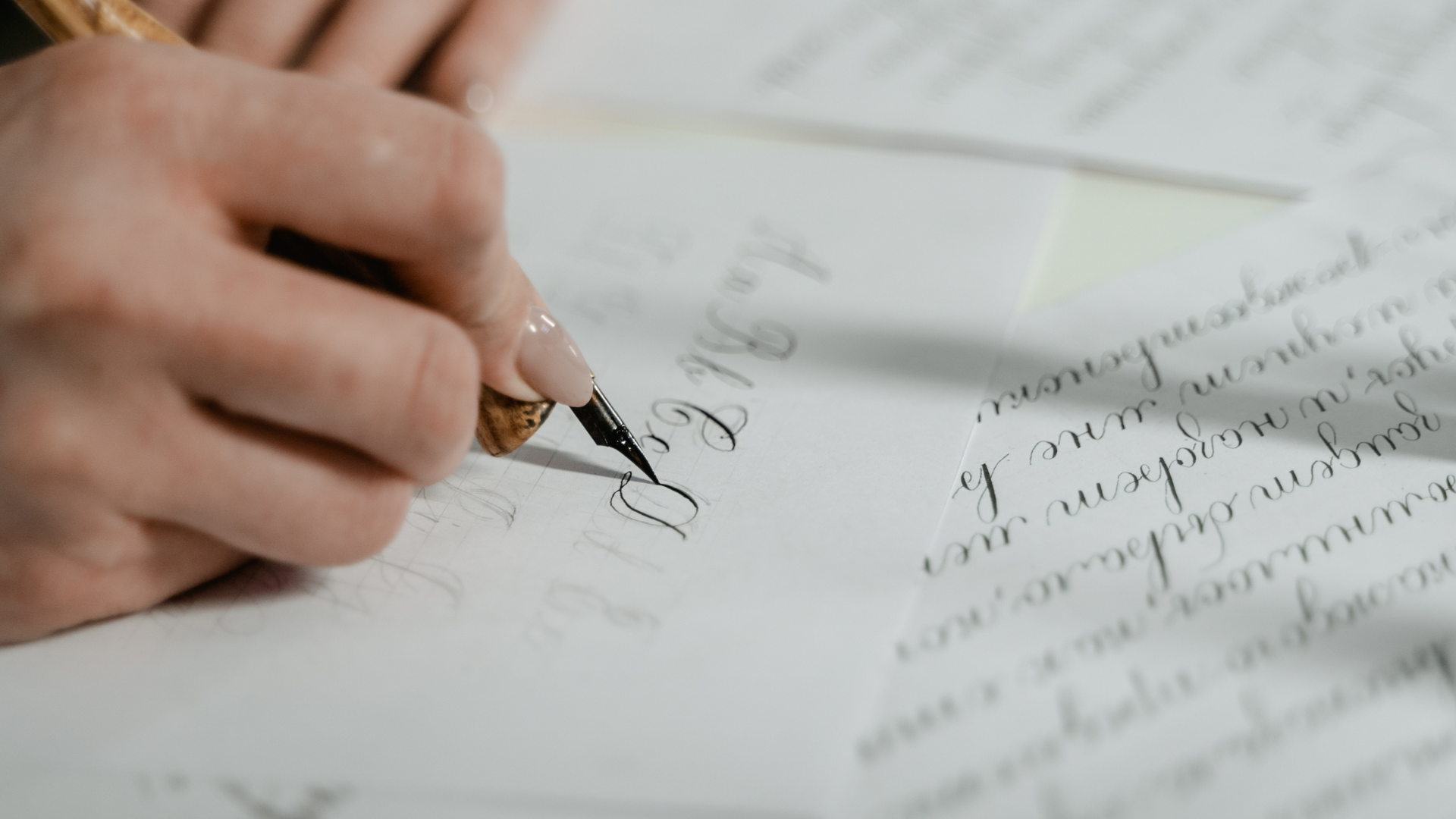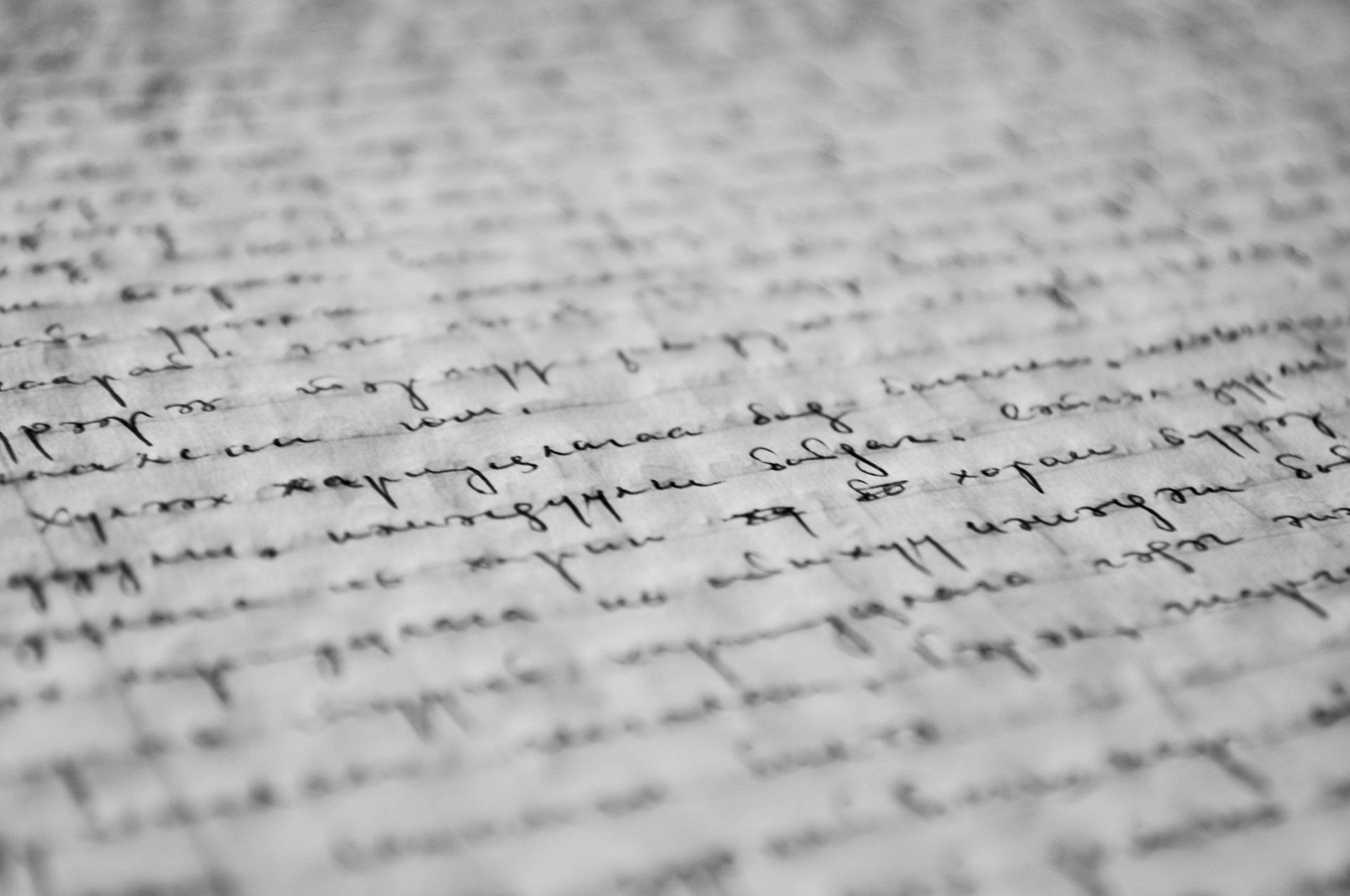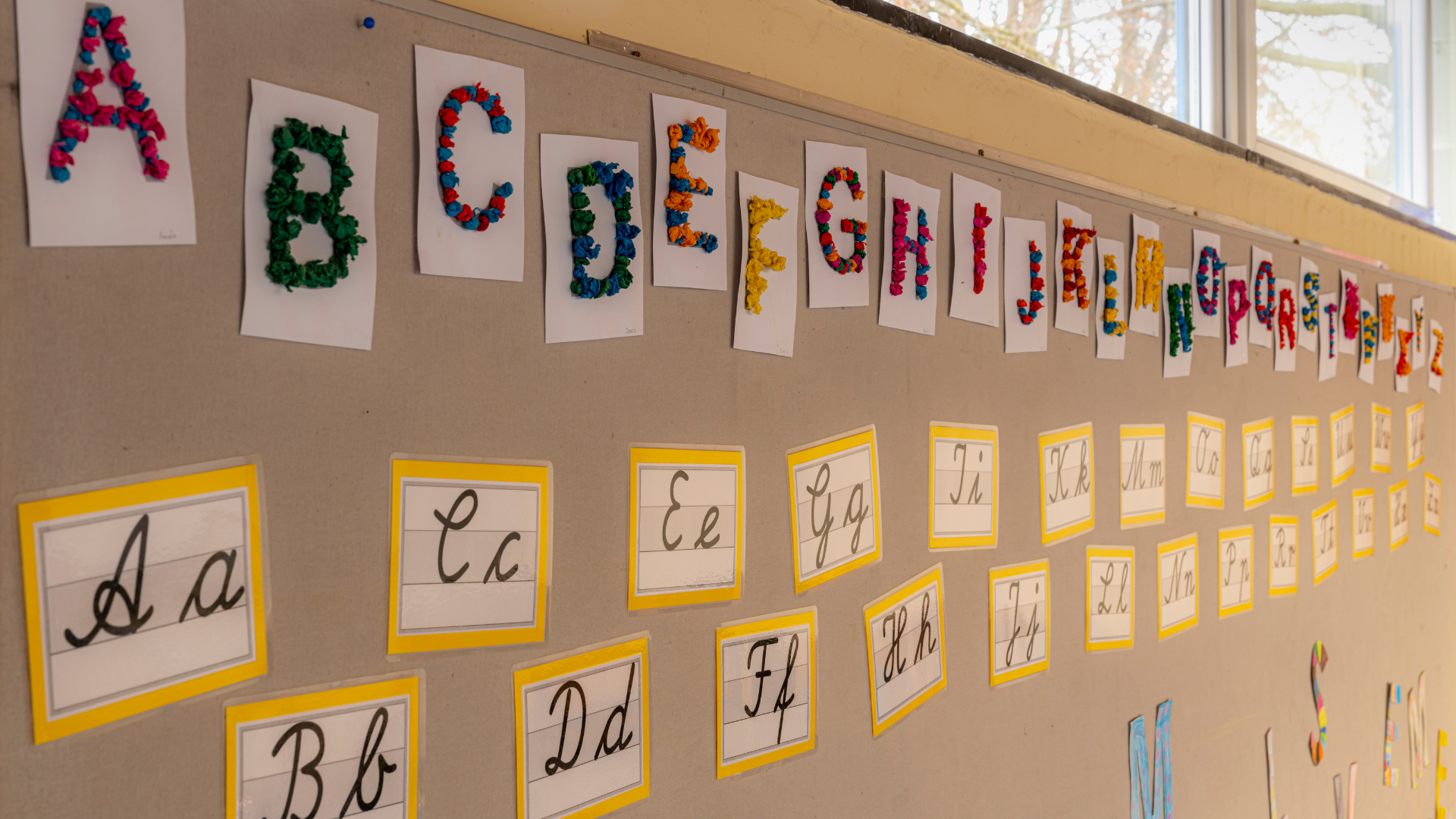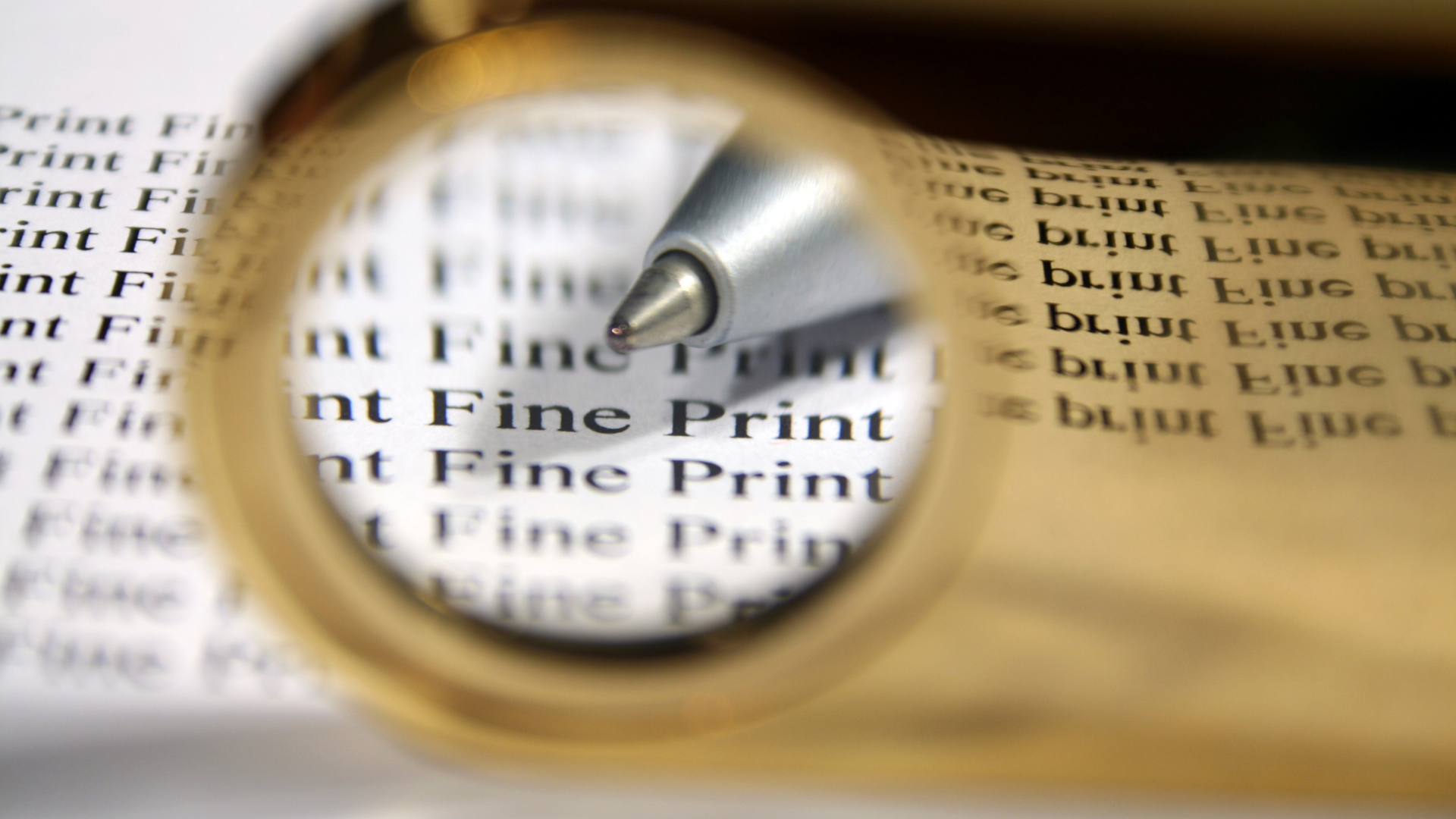Common Core Standards and Uncommon Cursive
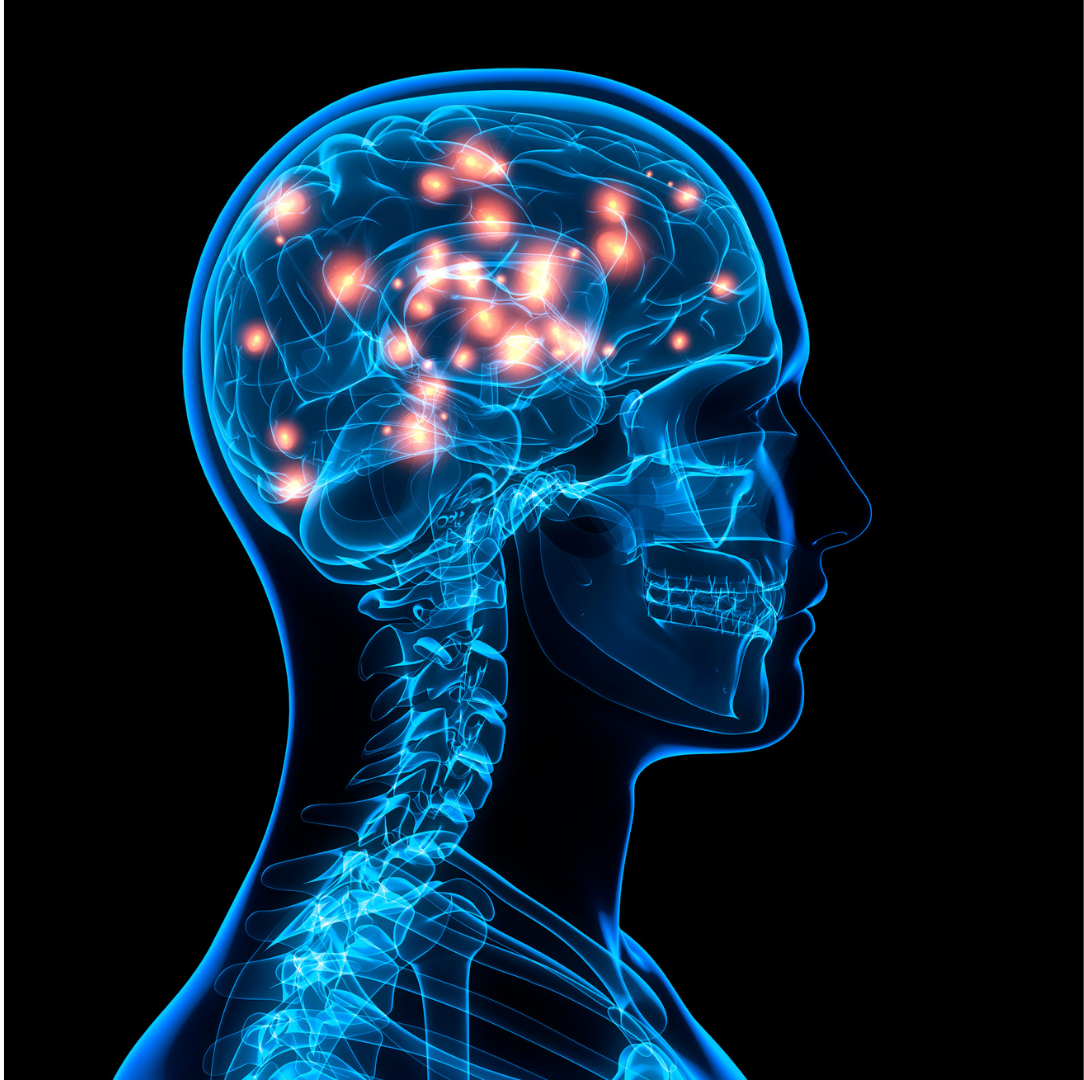
Today is National Handwriting Day. My article, Common Core Standards and Uncommon Cursive was recently published and is available on the internet. I hope you will read it and let me know your thoughts on the subject.
Are you aware of the fact that writing in cursive and typing on a keyboard create different neuropathways in the brain? Studies are indicating that learning to write in cursive has a strong effect on the learning process, especially in areas of reading and memorization.
The need to learn keyboarding skills is obvious. However, the need to learn how to write in cursive, while less obvious, is no less important. Neuroscientists are examining and have published studies on cursive handwriting’s effect on pathways in the brain, particularly with young learners. Many of these are available on the internet using search terms cursive handwriting and brain studies.
An excellent blog, dated May 2013, regarding teaching cursive and it's effect on his students is posted by Dr. David Sortino. Dr. Sortino holds a Master’s degree in Human Development from Harvard University and a Ph.D. in Clinical/developmental Psychology from Saybrook University. In addition, Dr. Sortino holds learning handicapped, resource specialist and multiple subject teaching credentials. He consults with parents and schools in the areas of achievement motivation and school success. His blog provides his first hand experience and some interesting results from teaching cursive handwriting to his students.
Dr. David Sortino Brain research and cursive writing/blog
We don’t yet know how changing from cursive to mostly keyboarding is affecting young learners brains but evidence is mounting that indicates that caution must be taken before discarding cursive handwriting from our nation’s primary grade education.
